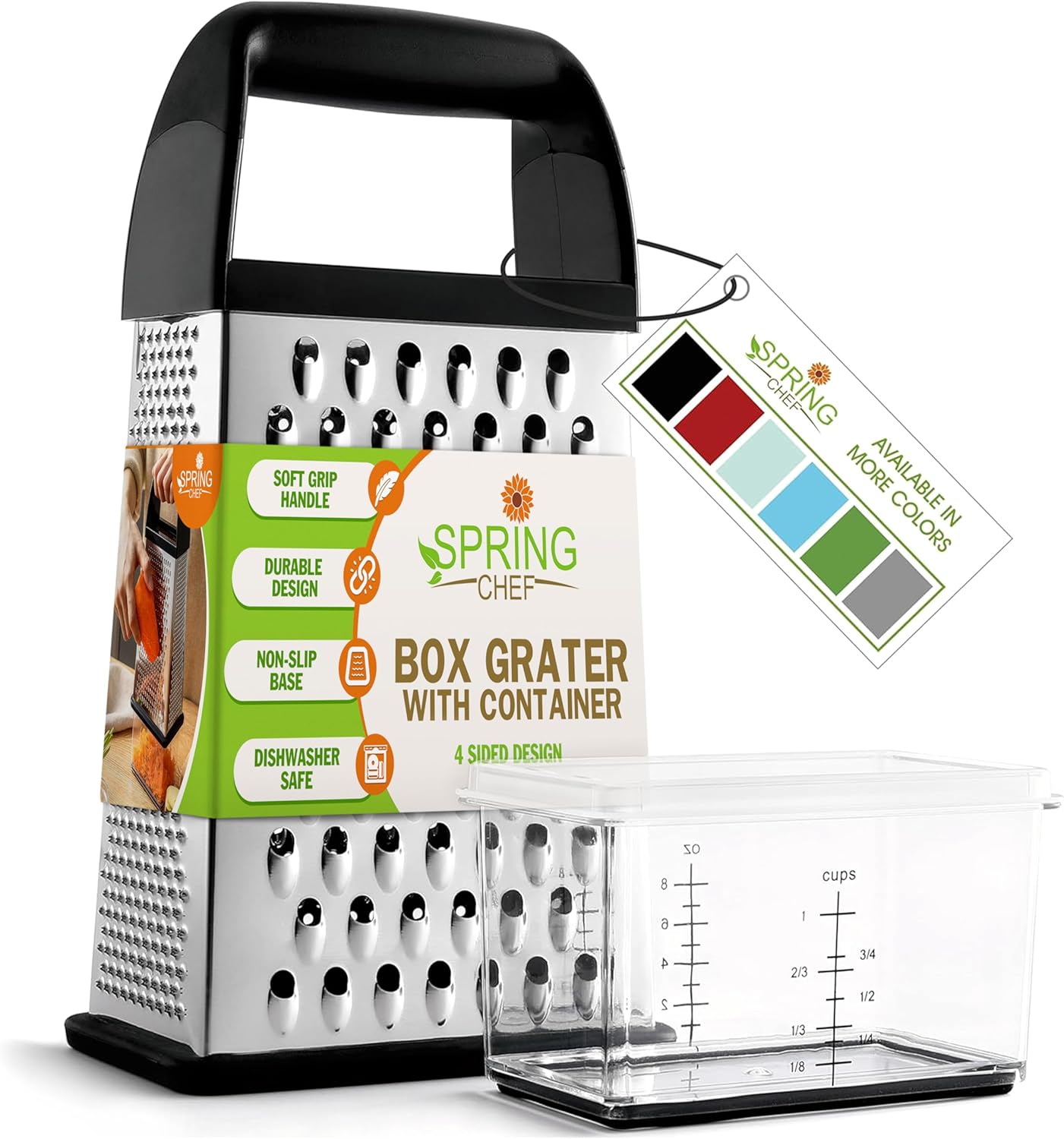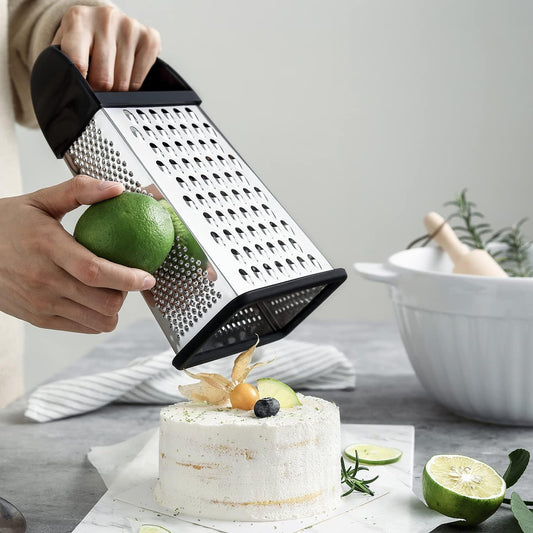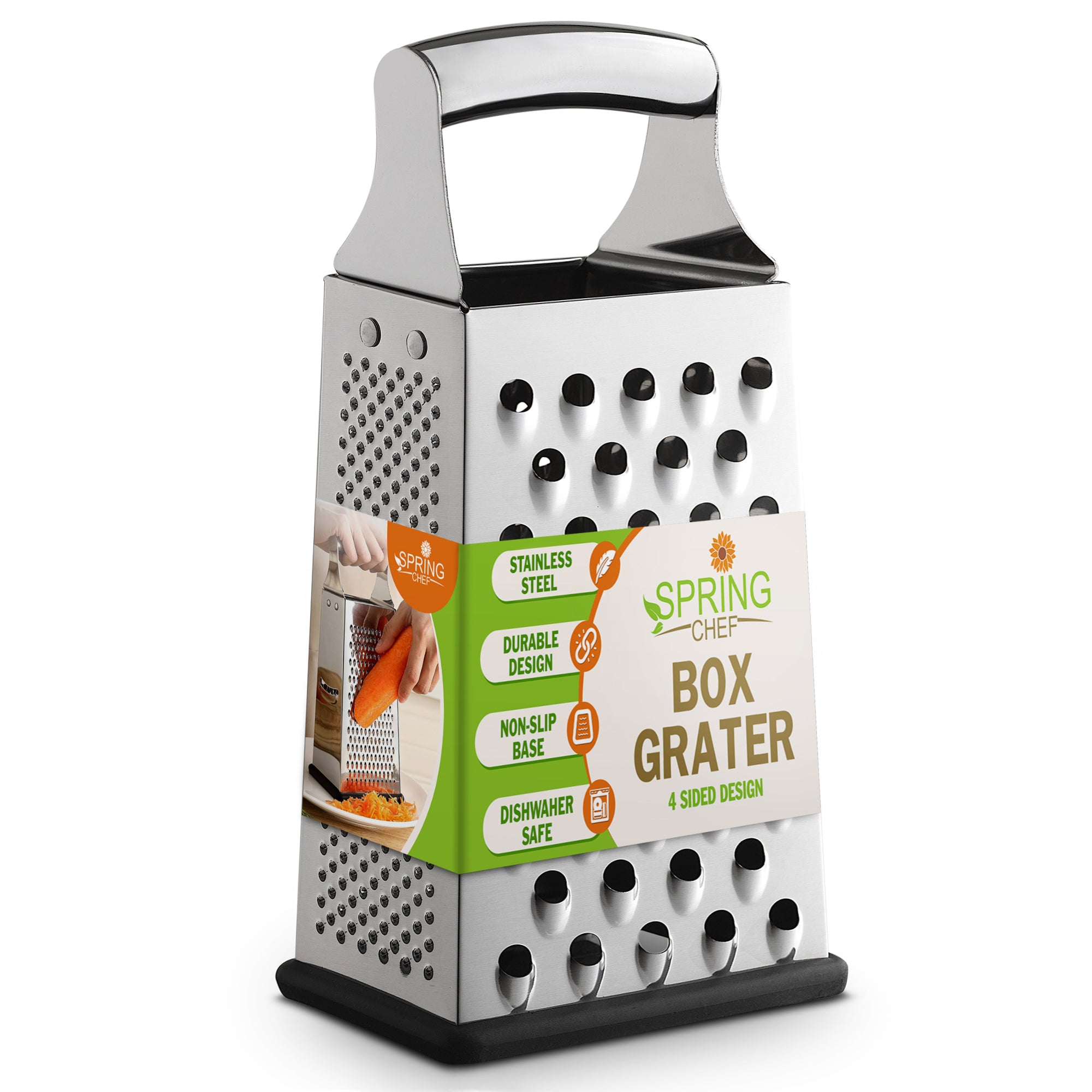How to Pick the Best Vegetables

Vegetables are not only an integral part of a balanced and healthy diet, they’re also that fresh and juicy touch your meals need to be complete. Even though they can be an amazing side dish, when picked wrong they can end up messing up the flavor of your meals. If you want to learn how to pick only the best and freshest vegetables available at your market, keep reading.
Broccoli
A fresh stem of broccoli should last about 10 days in your refrigerator without going bad. To identify fresh broccoli at the store check for a deep bright green color, with no signs of yellowing or brownish coloring in the bush. The buds of the bush must be tight-shut and smaller rather than more open or enlarged. As for the stalk of the broccoli, it must be firm but not dry, instead looking a little moist and alive.
Lettuce
Lettuce is a very tricky vegetable to pick because its consistency and texture can change radically in a matter of hours just by being placed in the wrong spot. Before buying lettuce pay close attention to its leaves, they should be tight shut and even-colored, not brown, yellow or even with slimy looking spots. A healthy head of lettuce has a white stem and it should smell pretty gentle; a strong smell could indicate the use of pesticides.
Carrots
Carrots are another popular vegetable that most people like to include in their daily meals. Picking the right carrot consists of touching it and looking at it closely. A good carrot looks deep orange without black or brown spots and no weak color either. Don’t pay much attention to the shape of a carrot since they tend to grow unevenly, but they should feel firm enough if you gently squeeze them. Last but not least, stay away from carrots that have a hint of a root on the bottom, it could mean they suffered from soil insects.
Potatoes
Healthy potatoes are firm and a nice yellow to brown color, never green or too soft when squeezing them. Look for potatoes that have a smooth skin with no cuts or scrapes because they’re safer to eat, cuts in the skin might lead to bacteria accumulation. Sprouted potatoes aren’t impossible to eat if you remove them at the right time, but a wrinkled potato might be rotten so stay away from those.
Corn
The husk of a corn must be bright green and tightly shut around the cob of the corn. The cob should look bright yellow or slightly white (depending on the species of the corn), but all of them should look juicy, shiny and meaty. Another sign to identify a good corn cob is to look at the rows of corn, they should be arranged straight.
Picking the right kind of vegetables is not rocket science. You must pay close attention to the color, texture and even the scent of a vegetable and take your time to identify exactly what you’re looking for so your next dish comes out exactly as you want it.










